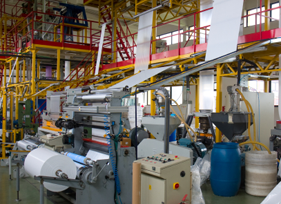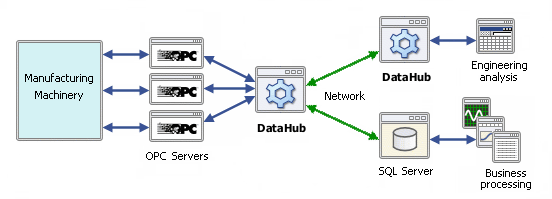Who Owns the Factory?
My local Toyota dealer owns my car. My name may appear on the ownership papers, but I know better. The dealership tells me when I’m due for maintenance, what each thing will cost, and why it’s important to repair or replace it. Sometimes I think they care more about my car than I do. Of course, they get paid for this service, but it is also in their best interest to keep my car running in tip-top shape, because a satisfied customer is a repeat customer.
It wasn’t always this way. In younger days when money was scarce and time was free, and I could do anything I put my mind to, I got a few books and set about doing my own car repairs. After some trial and error, I was able to do normal maintenance, and even undertake a few more complicated repairs like change a radiator core or rebuild a carburetor. But over the years cars have gotten more complex, and time has become more valuable. Now I’m more than happy to turn the whole project over to the experts. As far as I’m concerned, the dealership owns the car.
Who owns the project?
Seems like factories may be going in the same direction. To get the most out of “smart” manufacturing, the IIoT, and Industrie 4.0, factory owners and operators are relying more and more on outside expertise. System integrators are stepping in to fill the gap, and some of them are realizing that they can provide the most value to their customers by taking ownership. Maybe not the factory itself, but the projects they implement. The question, “Who owns the project?” really boils down to, “Who takes responsibility for it?”
Robert Lowe, co-founder and CEO of Loman Control Systems Inc., a certified member of the Control System Integrators Association (CSIA), recently suggested this idea in an Automation World blog, End-User Asset ‘Owned’ by a System Integrator. He sees a need for system integrators to take on more responsibility by supporting their clients “beyond the project.” He proposes a new acronym, SIaaS, for System Integration as a Service. Providing “service and support for maintenance, machine monitoring, machine performance, process performance, reporting, technology upgrades, cybersecurity and so forth” frees the end-user to “focus on making its product and not be dependent on inside resources for sustainable performance.”
Lowe goes on to explain how system integrators are in a unique position to partner with companies on a project they have completed, because they understand well how it works. Not only did they build it, but they have more experience monitoring, maintaining, and upgrading similar systems. Rather than finding, training, and maintaining specialized staff to keep the system running, the plant owner can keep his or her people focused on the bigger picture of getting their product out the door. And the system integrator who owns the asset will ensure that it performs well, because a satisfied customer is a repeat customer.
Skkynet supports system integrators who want to provide their expertise as a service. On the one hand, our technical solutions—DataHub, SkkyHub, and ETK—are all available “as a Service”. More significantly, research and experience have shown that many IoT projects run into unexpected difficulties. Rather than expending the resources to build and maintain a secure and reliable IIoT system on their own, plant management and system integrators can hand that responsibility over to those with the expertise, and cut their costs as well.







